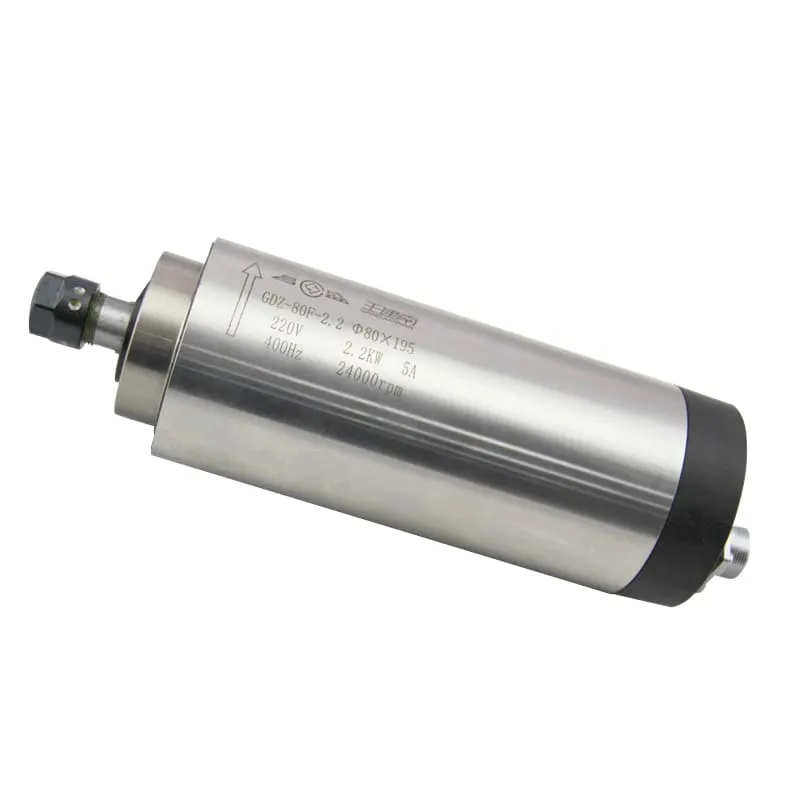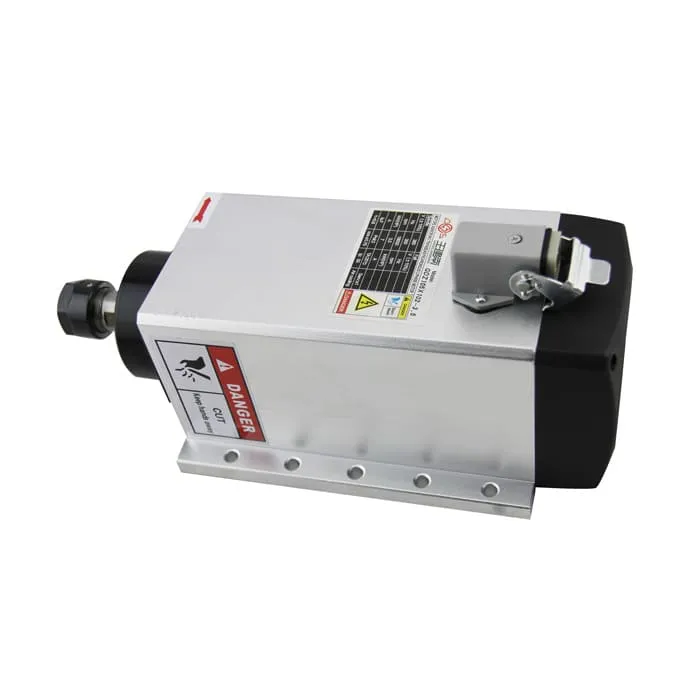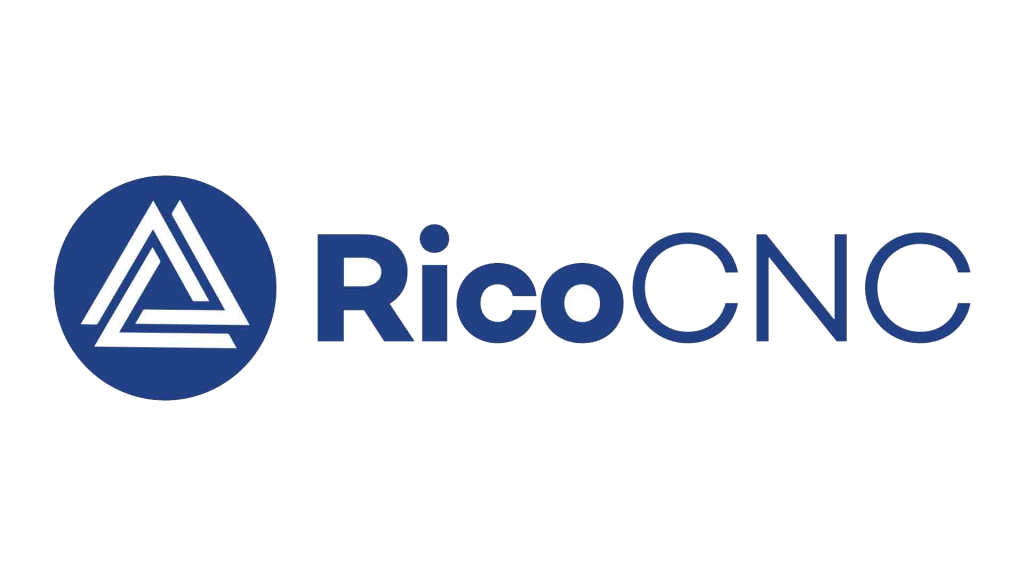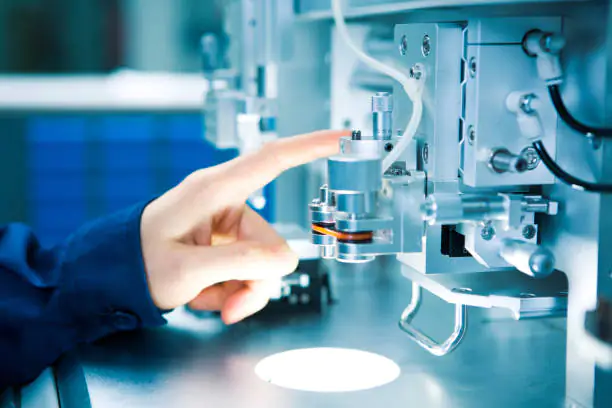How to Learn CNC Milling Machine Operations
CNC milling machines are the backbone of modern manufacturing, offering precise and efficient means to shape materials into functional parts. Learning how to operate a CNC milling machine opens up a world of opportunities, from building components for the automotive industry to creating medical devices. This guide will walk you through everything you need to know to get started and succeed with CNC milling operations.
1. Understanding CNC Milling Machines
A CNC milling machine uses rotary cutters to remove material from a workpiece, creating intricate shapes and designs. CNC, or Computer Numerical Control, ensures that every part produced meets precise specifications. The entire milling process is automated, reducing human error and increasing accuracy.
Components of a CNC Milling Machine:
- Spindle: Holds and spins the cutting tool.
- Cutting Tool: The part that cuts or shapes the workpiece.
- Control Panel: Allows you to input and manage CNC programs.
- Work Table: Where the material is securely placed.
The machine’s computerized system directs every movement, ensuring precision and repeatability for each part produced. To get started, understanding the individual components and how they interact is crucial.
For reliable and efficient spindle motors, consider checking our 2.2KW ER16 Air-Cooled Spindle, which is designed for precision and reliability in CNC milling operations.

2. Getting Started with CNC Milling
1. Basics of CNC Programming
The foundation of CNC milling is programming. A typical program includes instructions written in G-code, which directs the machine’s movements and operations.
- G-code: Tells the machine what actions to perform, such as moving the tool along specific paths, starting or stopping the spindle, and setting tool speed.
- M-code: Controls auxiliary functions like turning on the coolant or stopping the machine.
Learning G-code is essential for understanding how CNC milling machines operate. There are online courses, textbooks, and even apps designed to teach G-code fundamentals.
If you want to practice, our 3.5KW ER20 Air-Cooled Spindle is a great addition to a CNC milling machine setup for anyone wanting to develop their skills.

3. Types of CNC Milling Operations
CNC milling machines can perform a variety of operations. Understanding these is crucial for any beginner:
- Face Milling: Used to create a flat surface on the top of the workpiece.
- End Milling: Used to produce slots, pockets, and contours.
- Slot Milling: Creates a slot or a groove in the workpiece.
Each type of milling operation has its specific purpose and uses different kinds of tools. Becoming familiar with these operations will help you determine which approach to use based on the project’s requirements.
4. Horizontal vs. Vertical Milling
CNC milling machines can either be horizontal or vertical, and each has distinct advantages:
- Vertical Milling Machines: The cutting tool moves vertically, making it easier to see the part during the milling process. These machines are more commonly used for general milling tasks.
- Horizontal Milling Machines: In these machines, the cutting tool is mounted horizontally. They are more suited for heavier, more complex operations, such as cutting grooves or making slots.
The choice between horizontal and vertical milling depends on the type of workpiece and the desired outcome. A solid understanding of both types allows you to choose the most efficient option for each project.
5. Essential Tools for CNC Milling
The cutting tool is a critical element of any milling machine. Different tools are used for different types of cuts and materials:
- End Mills: The most common type of tool used for CNC milling.
- Face Mills: Used to mill large flat surfaces.
- Ball End Mills: Ideal for making rounded profiles or detailed contours.
It’s important to know the type of material you’ll be working with to determine which tool is best suited for the job. For detailed or complex operations, it’s often necessary to change tools to ensure the best quality.
6. Programming a CNC Milling Machine
1. Creating a CNC Program
Creating a CNC program involves writing the G-code and M-code to guide the machine’s movements. A simple program includes commands like:
- G01: Linear interpolation, or moving the tool in a straight line.
- G02/G03: Circular interpolation, or moving the tool along a circular path.
- M06: Tool change.
Learning to write a CNC program takes time but is essential for maximizing the machine’s capabilities. Practice and familiarity with various commands will make the process more intuitive.
7. Tool Path Planning
Tool path planning is critical to the efficiency of a CNC milling operation. The tool path determines how the tool moves along the workpiece:
- Climb Milling: The cutting tool moves in the same direction as the workpiece feed, reducing cutting forces.
- Conventional Milling: The tool moves against the direction of the feed, typically used for harder materials.
Choosing the correct tool path minimizes wear on the cutting tool and ensures the quality of the finished product.
8. Feed Rate and Spindle Speed
Feed rate and spindle speed are two important settings in CNC milling that directly impact productivity and quality.
- Feed Rate: The speed at which the tool moves through the material.
- Spindle Speed: The speed at which the cutting tool rotates.
Setting the correct feed rate and spindle speed helps to avoid overheating, breaking tools, or damaging the workpiece. Proper calculation of these variables ensures better surface finishes and extended tool life.
9. Work Holding and Fixturing
Workpieces must be held securely in place for CNC milling. There are various options for work-holding, including:
- Vices: Commonly used for securing flat parts.
- Clamps: Ideal for larger workpieces that cannot be held in a vice.
- Fixture Plates: Custom plates that hold multiple workpieces in place.
A stable setup minimizes movement during milling, ensuring better accuracy and preventing tool breakage.
10. Safety Precautions
Operating a CNC milling machine involves potential hazards. Safety should always be a top priority:
- Wear PPE: Always wear protective equipment, including goggles and gloves.
- Machine Guarding: Make sure that machine guards are in place.
- Tool Handling: Be cautious when changing cutting tools as they can be sharp.
Understanding and adhering to safety procedures will reduce the risk of accidents and maintain a safe working environment.
11. Common CNC Milling Challenges and Solutions
1. Tool Wear
Over time, tools wear down, which affects the quality of the workpiece. Inspect tools regularly and replace them when they show signs of wear.
2. Workpiece Movement
A shifting workpiece can cause inaccuracies. Ensuring the workpiece is held securely will help prevent this issue.
12. Advanced CNC Milling Operations
CNC milling isn’t limited to just simple operations. Advanced processes include:
- Form Milling: Used to cut irregular surfaces, like contours and complex profiles.
- Gear Cutting: Milling machines can be used to cut gears with precision.
- Helical Milling: Used to create threads or other helical shapes.
Mastering advanced operations allows for greater versatility and opens up more opportunities for custom work.
13. Career Opportunities with CNC Milling
Becoming proficient in CNC milling opens doors to many industries, including automotive, aerospace, and medical manufacturing. Opportunities range from being a CNC operator to moving into CNC programming or even supervising manufacturing processes.
14. How to Practice CNC Milling Operations
1. Get Hands-On Experience
The best way to learn is by doing. Consider enrolling in a trade school or taking an apprenticeship to gain practical experience.
2. Use Simulation Software
Many CNC programs offer simulation modes, which allow you to see the tool path and identify potential errors without running the actual machine. This is an excellent way to learn and reduce material waste.
15. Choosing the Right Spindle for CNC Milling
Choosing the right spindle can significantly affect the performance of a CNC milling machine. For light to medium milling tasks, the 1.5KW ER11 Square Air-Cooled Spindle with Flange is a great option, providing reliability and precise speed control.
Here’s the rest of the article to complete the journey for readers diving into CNC milling operations:
16. Maintenance and Troubleshooting of CNC Milling Machines
Proper maintenance of CNC milling machines is key to ensuring longevity and accuracy. Here are some important maintenance tasks to perform regularly:
- Lubrication: Ensure that the milling machine’s moving parts are properly lubricated to avoid excessive wear and tear.
- Check for Tool Alignment: Misaligned tools can cause significant inaccuracies. Regularly verify and correct tool alignments.
- Clean Chips and Debris: Milling creates a lot of small material chips. Removing these chips helps to prevent blockages and overheating.
Common troubleshooting techniques include:
- Error Code Review: Understand and refer to the machine’s manual when error codes appear.
- Tool Vibration: Excessive tool vibration is a common issue. It can often be fixed by reducing spindle speed or feed rate.
Maintenance and troubleshooting ensure smoother operations and prevent costly repairs and downtimes.
17. CNC Milling Software and Programming Tools
CNC programming software is integral to CNC milling. Some commonly used programming tools are:
- Mastercam: Offers a wide range of CNC programming options.
- Fusion 360: Ideal for both beginner and advanced users, combining CAD (Computer-Aided Design) and CAM (Computer-Aided Manufacturing).
- SolidCAM: Provides seamless integration with SolidWorks, ideal for industrial users.
These software solutions make it easy to create precise programs, simulate milling paths, and troubleshoot issues before making physical cuts, which enhances productivity and reduces waste.
For more information on compatible CNC controllers, consider the HSD Air Cooled Spindle which pairs well with advanced software solutions to achieve excellent control.

18. Material Selection for CNC Milling
The type of material being machined has a significant impact on the milling operation:
- Metals: Aluminum, steel, and brass are commonly machined metals. They require robust tools and a suitable spindle speed to avoid material strain.
- Plastics: Polycarbonate, acrylic, and PVC are examples. They demand lower cutting speeds to prevent melting.
- Wood: Often used for prototyping or custom projects. Requires careful tool selection to avoid splintering.
Selecting the right material for your application can make a substantial difference in the success of the milling process. Understanding which tools work best with each material helps achieve consistent results.
19. Quality Control in CNC Milling
Quality control is an essential aspect of any CNC milling operation. It ensures that each part produced meets the desired standards:
- Visual Inspection: Inspect the part for defects such as scratches, burrs, or any surface inconsistencies.
- Dimensional Inspection: Use calipers or coordinate measuring machines (CMMs) to measure and verify that dimensions meet the design specifications.
- Surface Finish: Surface roughness testers are used to verify that the finish meets the customer’s expectations.
Maintaining quality standards is essential for customer satisfaction and avoiding rework, which adds unnecessary cost and time.
20. Advantages and Challenges of CNC Milling
Advantages:
- High Precision: CNC milling can produce parts with extremely high accuracy.
- Repeatability: Consistency in producing identical parts in large quantities.
- Complex Designs: Ability to create complex geometries that would be difficult or impossible with manual methods.
Challenges:
- Setup Time: The initial setup can be time-consuming, especially for beginners.
- Tool Wear: Constant monitoring of tool wear is necessary to maintain the quality of parts.
- Cost: While effective, CNC milling machines can be costly, and learning to maximize their efficiency takes time.
21. Developing CNC Milling Skills
Developing proficiency in CNC milling involves practice and understanding both the machine and its software. Here are some recommendations:
- Training Courses: Enroll in an online or local trade school that offers CNC milling courses.
- Workshops and Apprenticeships: Find workshops where you can practice on an actual CNC machine.
- Experimenting: Test on different materials, write your own programs, and get familiar with the tools.
Continuous Learning
The CNC industry is always evolving, and staying updated with the latest in software, hardware, and machining techniques is key to becoming a skilled machinist.
FAQs About CNC Milling Machines
1. What are the basic skills needed to start learning CNC milling?
Basic skills include understanding G-code, knowing the types of tools, and having basic math and geometry skills.
2. How long does it take to become proficient at CNC milling?
It depends on your commitment, but a few months of training and consistent practice can provide a solid foundation.
3. What materials can I use with a CNC milling machine?
CNC milling machines work with metals, plastics, wood, and composite materials.
4. Can a CNC milling machine be used for drilling?
Yes, CNC milling machines are often used for drilling, using specialized tools.
5. Is CNC milling hard to learn?
Learning CNC milling takes time and practice. Starting with basic operations and gradually advancing to complex ones makes it manageable.
Conclusion
Learning CNC milling machine operations requires a good mix of theoretical knowledge and hands-on experience. By understanding the types of CNC machines, learning G-code, experimenting with different materials, and practicing tool paths, you can become proficient and expand your skills in CNC machining.
With its vast array of applications in manufacturing, CNC milling can be a very rewarding career path. It combines creativity with technical precision to bring various designs to life—from simple objects to complex, custom parts used in multiple industries. With the right tools, training, and determination, anyone can learn and become successful in CNC milling.
Are you ready to take the next step in learning CNC milling? Browse our range of CNC spindle motors and accessories to equip yourself with the best tools in the industry.

